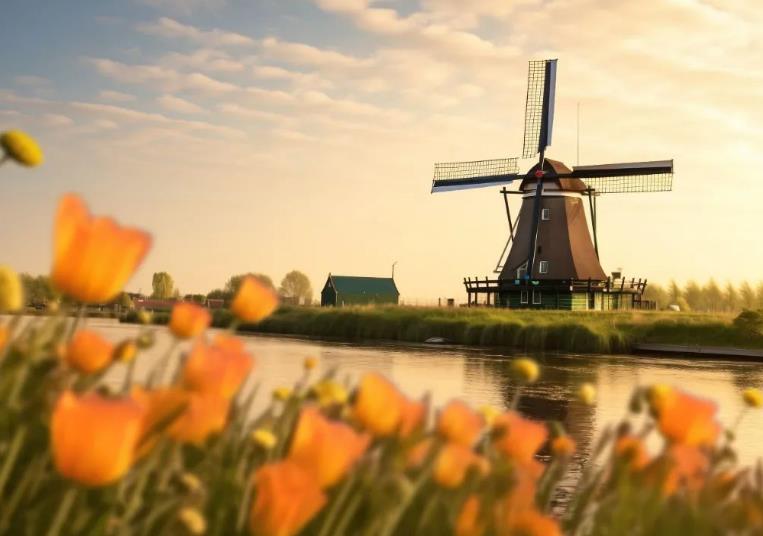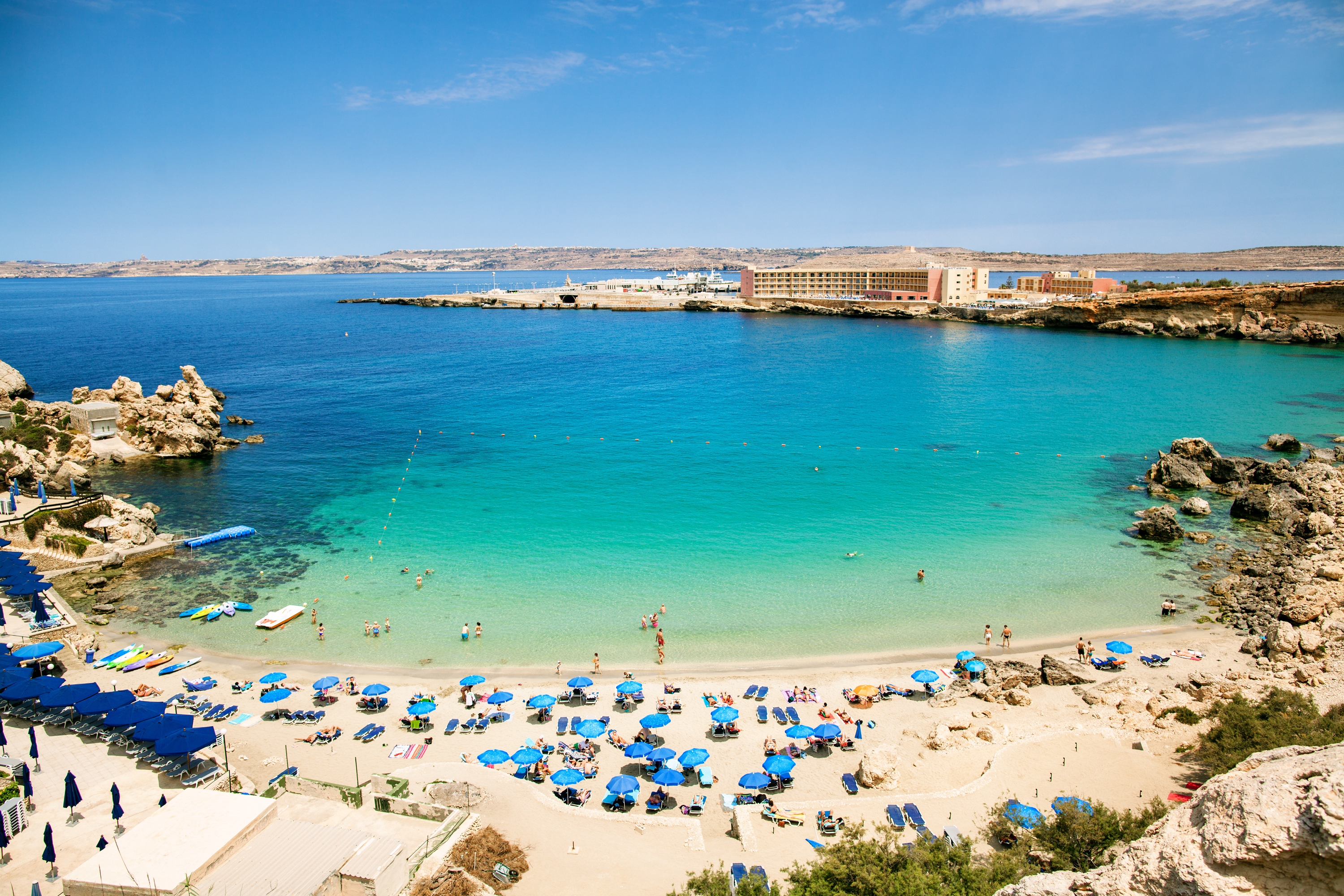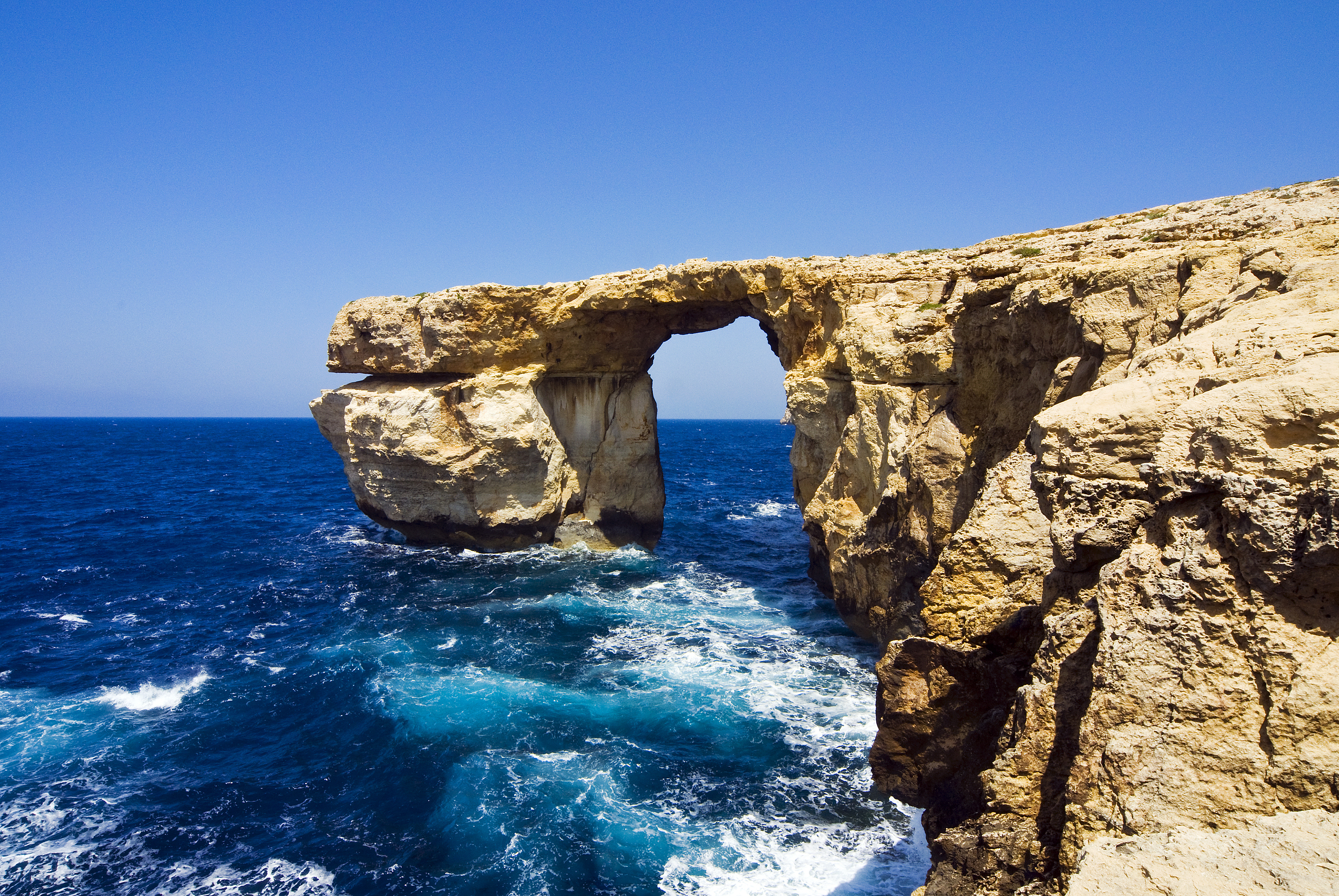https://nz.trip.com/moments/destination-noto-5531/
2025 Noto Travel Guide: Must-see attractions, popular food, hotels, transportation routes (updated in July)
Noto Today's weather
Clear 26-32℃
Popular Attraction in Noto
Noto Cathedral
(2)All Trip Moments about Noto
Noto, Sicily, Italy
#Overseas Travel The classic Baroque town of Noto is located in the southeast of Sicily. In 1693 a very severe Sicilian earthquake nearly leveled this medieval town. In the decades after the earthquake, the town was rebuilt in typical Sicilian Baroque style. The exteriors of the buildings are exquisite and gorgeous, full of classical style. It was later listed as a World Cultural Heritage Site. Many buildings are constructed using sandy yellow tuff, which gives the town a honey-gold hue when the sun shines on it. Piazza Municipio, the Cathedral of Noto and the Ducezio Palace are the highlights of this place. #ItalianTravel #EuropeTravel #OverseasTravel #SicilyScarlett To 旅遊玩樂誌16The annual flower festival in the ancient city of Noto, Sicily
#Overseas Travel These beautiful carpets, all with patterns made of flower petals, cover the entire street! So beautiful! Every year on a weekend in May, when flowers are in full bloom, the Baroque ancient city of Noto in Sicily holds a large flower festival "Infiorata di Noto". In addition to this spectacular street flower painting, there are also various markets, parades, and performances, making the entire ancient city lively! The long flower painting has more than ten patterns, designed by different artists. It covers the entire street and uses colorful petals to create a gorgeous painting. #Overseas Travel #Italy Travel #Europe Travel #SicilyScarlett To 旅遊玩樂誌3Noto
Noto is a masterpiece of Late Baroque architecture, rebuilt after the 1693 earthquake with urban elegance and a sublime visual impact. The main avenue, Corso Vittorio Emanuele, is lined with golden limestone buildings and churches that glow at sunset, creating a fairytale-like atmosphere. The Cathedral of San Nicolò and Palazzo Ducezio are must-see landmarks, adorned with sinuous facades and elaborate balconies. Don't miss the Infiorata in May, when the streets are transformed into magnificent floral carpets as part of a captivating local festival. Vibrant yet intimate, Noto combines history, architecture, and local life into an authentic and unforgettable Baroque experience.Moviet93⛪️ Noto Cathedral: A Baroque Crown Jewel of Sicily 🌞🇮🇹
Rising majestically above the golden limestone streets of Noto, the Cathedral of San Nicolò is a masterpiece of Sicilian Baroque architecture. Its grand staircase, graceful façade, and twin bell towers create an unforgettable silhouette against the southern sky. Inside, the cathedral is serene and luminous, with elegant arches, soft pastel tones, and refined decorative details. First completed in the early 18th century and rebuilt after the 1996 dome collapse, San Nicolò embodies both the resilience and artistic richness of Noto — a city shaped by history, devotion, and beauty. ⸻ 📍 Central Address for Navigation: Cattedrale di San Nicolò Piazza del Municipio, 96017 Noto SR, Italy (At the heart of Noto’s historic center) ⸻ 💡 Tips for Visiting Noto Cathedral: • 🕰 Visit early morning or at sunset for the softest light on the limestone façade • 📸 Climb nearby bell towers or terraces for panoramic views over Noto • 🗺 Combine your visit with a walk through the Corso Vittorio Emanuele and other Baroque churches • 🕊 The cathedral is free to enter — donations are welcome • 🍦 Enjoy a granita or gelato at one of the cafés lining the square • 🚗 Noto is easily visited as a day trip from Syracuse or Ragusa ⸻ #NotoCathedral #SanNicolò #SicilianBaroque #HiddenItaly #UNESCOSites #SicilyTravel #NotoCity #BaroqueArchitecture#localguides #trip #historicallandmarksLina.DNoto Flower Festival in Sicily, the traditional culture and beauty of the town
Every weekend in mid-May or late May, Noto holds an annual four-day flower festival. Among them, the organizers will use more than 40,000 flowers to decorate one of the streets. I have to say that the patterns made up of various flowers are indeed beautiful and unique. Every year the Flower Festival has a specific theme (this year it is peace), coupled with the residents’ special parades and market stalls, making the whole city lively! Noto is a town with a strong Italian style, and the various decorations make this city even more beautiful. It is highly recommended that you take advantage of these four days to visit Noto, enjoy the Italian-style town, and feel the unique festive atmosphere. Note: From Syracuse, it takes about 40 minutes by train to arrive. It is also a 2-hour journey from Catania. There are many flights every day, making it a very convenient place for a day trip.Jet Y1The Baroque town of Noto
The Baroque town of Noto in Sicily is not to be missed. You can get there by train from Siracusa. The town's attractions are concentrated in one area, and you can walk to the church, town hall, old city gate, market and other places. The balconies in the town are particularly interesting. Each one has a different decoration. Looking up, you can see some simple patterns and some are indeed various roses. When you come to the town, you must also go to the historic dessert shop to taste Sicily's dazzling cakes, sweet rolls, ice cream, and drinks. Each one will not disappoint. Every year in mid-May, Noto will hold a flower festival, and the town will be immersed in a colorful sea of flowers. #Italian #SouthernItalian #SouthernItalian #notoshittalker🌸 Spring Splendor: A Day at Teatro Tina Di Lorenzo & Beyond! 🎭
#springitinerary Spring is the perfect time to explore the enchanting *Teatro Tina Di Lorenzo* in Noto, Sicily—a jewel of Baroque architecture and cultural charm! Here’s my dreamy itinerary for a day soaking in art, history, and la dolce vita. ### **☀️ Morning: Baroque Beauty & Coffee** Start your day with a *cappuccino* at a sun-drenched café near *Piazza XVI Maggio*, the square that houses the theater. Admire the elegant façade of *Teatro Tina Di Lorenzo*, a 19th-century masterpiece with intimate interiors, gilded balconies, and exquisite frescoes. If you’re lucky, catch a rehearsal—the acoustics are magical! ### **🌿 Midday: Stroll & Sweet Treats** Wander down *Corso Vittorio Emanuele*, Noto’s main promenade, lined with honey-colored Baroque palaces. Pop into *Caffè Sicilia* for a *granita* (try the almond or jasmine flavor—divine!). Don’t miss the *Noto Cathedral* nearby, its grand staircase perfect for a spring photo op. ### **🍝 Afternoon: Lunch & Hidden Gems** Refuel at *Trattoria del Carmine* with Sicilian classics like *pasta alla Norma*. Then, explore lesser-known gems like *Palazzo Nicolaci*, famous for its ornate balconies. In spring, wisteria drapes the streets in purple—pure romance! ### **🌅 Evening: Sunset & Aperitivo** End your day back near the theater with an *aperitivo* at *Bar Il Salotto*. Sip a *Aperol Spritz* as the golden light bathes Noto’s Baroque wonders. If there’s an evening performance at the theater, even better—let the velvet seats and soaring melodies transport you! **Why Spring?** The weather is blissful, flowers bloom, and crowds are thinner. *Teatro Tina Di Lorenzo* shines brightest in this season—like a stage set just for you. **✨ The Takeaway:** Art, architecture, and almond granita—this itinerary is a love letter to Sicilian spring. Have you been? Share your favorite spots below! #SicilyInSpring #BaroqueWanderlustSonnySideUpHeart of Baroque splendor
My recent visit to Noto, Sicily, was an unforgettable journey into the #sicily , rich history, and culinary delights. This charming town, renowned for its harmonious architecture and warm, golden hues, offers an experience that captivates the senses.  Wandering through Noto’s historic center felt like stepping into a Baroque masterpiece. The Centro Storico is a symphony of honey-colored stone buildings, each adorned with intricate facades and ornate balconies. The Cathedral of St. Nicolò stands majestically, its grandeur amplified by the soft glow of the setting sun. Climbing to the top of the Campanile di San Carlo bell tower offered panoramic views of the city, revealing a tapestry of terracotta rooftops and distant rolling hills.    Noto is a destination that enchants and inspires. Its seamless blend of historical grandeur, natural beauty, and gastronomic excellence creates an experience that lingers in the heart and mind. Whether you’re an art enthusiast, a history buff, or a traveler seeking authentic cultural immersion, Noto promises a journey that is as enriching as it is delightful.Fabio Giorgio10 DAYS IN SICILY 🇮🇹
How to enjoy 10 days in Sicily and what to visit? - We started our journey from Catania - From Catania we did go straight to Siracusa, with a rented car (you can use the train also) - Spent 2 night in Siracusa - From Siracusa you can make a day trip to Noto or Ragusa - After Siracusa, we went to Palermo with a quick stop in Agrigento - Stay 2 night in Palermo - Then, from Palermo we went to Cefalu, and spent 1 night there - After Cefalu, we arrived in Taormina and stayed 3 nights - The last night we stayed in Catania For more details about activities, room reservations and other don’t hesitate to contact me and also follow me on instagram: @pathly.smarttravel 🥰🥰MirunaStefana1Beautiful view from Terrace of Santa Chiara in Noto
_TI***zaNoto, Sicily
#EuropeTravel Visiting Noto in Sicily was an amazing experience. This charming Baroque city is famous for its magnificent buildings decorated with unique ornamentation. I enjoyed wandering the cobbled streets and seeing beautiful architectural landmarks such as the Cathedral of Noto and Palazzo Nicolasi. The atmosphere was quiet and relaxing, which gave me the opportunity to enjoy the beauty of the city. I stopped at one of the cafes for some delicious Sicilian gelato and enjoyed the surrounding scenery. The city reflects the beauty of Italian art and architecture, and visiting Noto was an unforgettable cultural and aesthetic experience combining ancient history and sophisticated beauty.SpielNoto, how beautiful
First time stayed at Noto, the place we stayed was an old olive oil factory which they have converted to a hotel. They are producing their own olive oil and serving it in the breakfast along side with the olives from their garden. amazing place, very calm and quiet.Merve Russo2A week in Noto-Sicilia
We stay in Noto for a week. This hotel was just amazing. was an old farm house they converted to a restaurant + hotel. surrounded with the olive trees which they are making their own olive oil as well. their restaurant was amazing also. over all was a very calm nice holiday.Merve Russo#mynovgeta
#mynovgetaway Noto is a city in southeastern Sicily, Italy. It’s known for its baroque architecture, including the reconstructed 18th-century Noto Cathedral. Across the street is the Palazzo Ducezio, now the town hall, with the Hall of Mirrors embellished by gilding and stuccos. Nearby, the Palazzo Nicolaci has richly decorated balconies. Resembling a triumphal arch, the 19th-century Porta Reale marks the entrance to the city. The old town, Noto Antica, lies 8 kilometres (5 mi) directly north on Mount Alveria. A city of Sicel origin, it was known as Netum in ancient times. In 263 BCE the city was granted to Hiero II by the Romans. According to legend, Daedalus stayed in the city after his flight over the Ionian Sea, as did Hercules after his seventh task. During the Roman era, it opposed the magistrate Verres. A view of Noto Town Hall. In 866 it was conquered by the Muslims, who elevated the city to become a capital of one of the three districts of the island (the Val di Noto). In 1091, it became the last Islamic stronghold in Sicily to fall to the Christians.Later it became a rich Norman city. In the 16th and 17th centuries, the city was home to several notable intellectual figures, including Giovanni Aurispa, jurists Andrea Barbazio and Antonio Corsetto, as well as architect Matteo Carnelivari and composer Mario Capuana. In 1503 king Ferdinand III granted it the title of civitas ingeniosa ("Ingenious City"). In the following centuries, the city expanded, growing beyond its medieval limits, and new buildings, churches and convents were built.Limi001

Popular Noto Topics

2025 Recommended Attractions in Noto (Updated July)
10 posts

2025 Recommended Guides in Noto (Updated July)
6 posts

2025 Recommended Thorough Guides in Noto (Updated July)
3 posts

Destinations related to Noto

2025 Catania Travel Guide: Must-see attractions, popular food, hotels, transportation routes (updated in July)
91 posts

2025 Malta Island Travel Guide: Must-see attractions, popular food, hotels, transportation routes (updated in July)
28 posts

2025 Gozo Travel Guide: Must-see attractions, popular food, hotels, transportation routes (updated in July)
26 posts
Post
More Recommendations
Popular Trip Moments
Noto | ⛪️ Noto Cathedral: A Baroque Crown Jewel of Sicily 🌞🇮🇹 | 🌸 Spring Splendor: A Day at Teatro Tina Di Lorenzo & Beyond! 🎭 | Noto Flower Festival in Sicily, the traditional culture and beauty of the town | The Baroque town of Noto | Heart of Baroque splendor | Noto, Sicily | Noto, how beautiful | A week in Noto-Sicilia | Noto, Sicily, Italy | The annual flower festival in the ancient city of Noto, Sicily
Recommended Attractions at Popular Destinations
Popular Attractions in Bangkok | Popular Attractions in Manila | Popular Attractions in Tokyo | Popular Attractions in Taipei | Popular Attractions in Hong Kong | Popular Attractions in Seoul | Popular Attractions in Kuala Lumpur | Popular Attractions in Los Angeles | Popular Attractions in Shanghai | Popular Attractions in New York | Popular Attractions in Shenzhen | Popular Attractions in Osaka | Popular Attractions in Singapore | Popular Attractions in London | Popular Attractions in Guangzhou | Popular Attractions in San Francisco | Popular Attractions in Beijing | Popular Attractions in Macau | Popular Attractions in Bali | Popular Attractions in Jakarta | Popular Attractions in Paris | Popular Attractions in Ho Chi Minh City | Popular Attractions in Istanbul | Popular Attractions in Phuket | Popular Attractions in Chicago | Popular Attractions in Seattle | Popular Attractions in Toronto | Popular Attractions in Orlando | Popular Attractions in Cebu | Popular Attractions in Chiang Mai
Popular Restaurants in Noto
Mangia E Taci | Esperia Birreria Steak House | L'Assiette Baroque | Baglio Siciliamo | Hosteria del Mare | Anche Gli Angeli | Ristorante Crocifisso | Rosso Tannico | Porta Reale Bistrot Siciliano | Ristorante Manna | Il Baglietto | Marianeddi | Dalla Terra Bistrot | Putia del Coppo | Caffe XVI Maggio | Antico Forno Di Carnemolla Corradina | Europizza | Trattoria Al Buco | Ristorante Pizzeria Scirocco | Caffe Costanzo | Ristorante Il Liberty | Quadrilatero | Ristorante a mastra | Mood Ristorante Pizzeria Wine Bar | Bar La Vecchia Fontana | Sea'n Sun Lounge Bar Restaurant | Arancina Planet | Codarossa | Trattoria La Carretteria | Pasticceria J.F.Kennedy
Popular Ranked Lists
Popular Luxury Hotels in Erdene | Top 50 Must-Visit Restaurants in Seoul | Top 10 Trending Attractions in Phuket | Popular Luxury Hotels Near Slupski | Popular Premium Hotels Near Monroe County | Popular Trending Attractions in Kyoto | Top 10 Trending Attractions in Shanghai | Top 50 Luxury Hotels near Costa Occidental | Popular Trending Attractions in Tonglu | Top 10 Trending Attractions in Chengdu | Top 50 Must-Visit Restaurants in Suzhou | Top 50 Must-Visit Restaurants in Xiamen | Popular Luxury Hotels Near Bneid Al Qar | Popular Luxury Hotels Near Evros | Popular Trending Attractions in Sanya | Popular Best Things to Do in Qinzhou | Popular Trending Attractions in Sapporo | Top 50 Must-Visit Restaurants in Fukuoka | Top 50 Must-Visit Restaurants in Sydney | Top 10 Local Restaurants in Lushan Global Geopark | Popular Best Things to Do in Jiamusi | Top 50 Must-Visit Restaurants in Beijing | Popular Best Things to Do in Langfang | Top 50 Must-Visit Restaurants in Washington D.C. | Popular Luxury Hotels Near Erdene | Popular Trending Attractions in Orlando | Top 50 Must-Visit Restaurants in Guiyang | Top 50 Must-Visit Restaurants in George Town | Top 50 Must-Visit Restaurants in Seattle | Popular Luxury Hotels Near Smaliavichy District
About
Payment Methods
Our Partners
Copyright © 2025 Trip.com Travel Singapore Pte. Ltd. All rights reserved
Site Operator: Trip.com Travel Singapore Pte. Ltd.
Site Operator: Trip.com Travel Singapore Pte. Ltd.